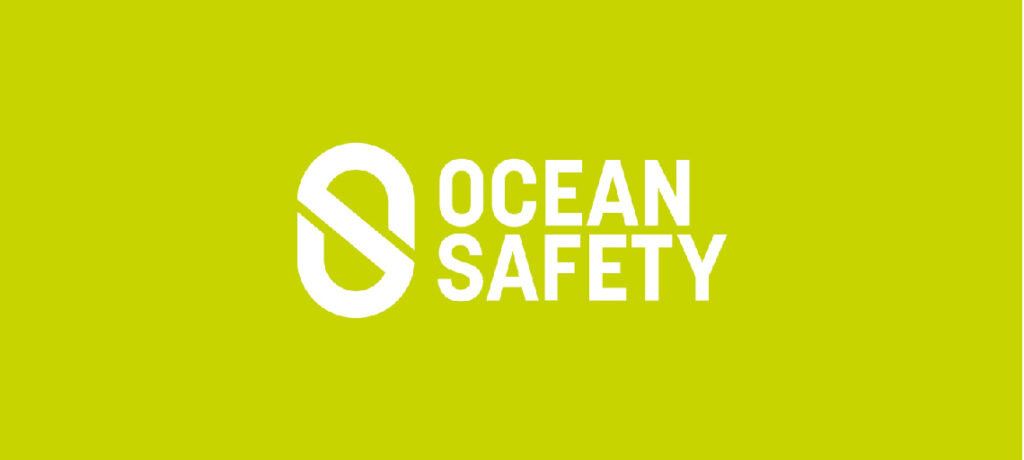FINDING THE PERFECT PERSONAL LOCATOR BEACON: EXPLORING THE AIS-OPERATED MOB1 AND THE SATELLITE SYSTEM’S PLB1 BY OCEAN SIGNAL
When it comes to being out at sea, many offshore skippers and crew members are realizing the importance of having a handheld beacon within reach, typically attached to a lifejacket. These beacons play a crucial role in emergencies, as they emit a distress signal when activated, alerting potential rescuers not only to your situation but also providing them with your precise location for a swift rescue.
With several personal locator systems available, two prominent options stand out: the AIS-operated MOB1 and the satellite-based PLB1, both provided by Ocean Signal. Let’s delve deeper into each of these beacons to help you make an informed choice.
OCEAN SIGNAL’S RESCUEME MOB1
The RescueME MOB1 from Ocean Signal is an impressive AIS-operated beacon. Once activated, it immediately sends an alert to the AIS receiver on your vessel, ensuring that the crew is aware of the incident. What’s more, it transmits the alert to AIS receivers on nearby vessels within a range of up to 5 miles. This direct communication with your own boat and neighboring vessels is invaluable, especially in situations where a visual sighting of a person overboard can be lost quickly, even in moderate sea conditions.
The MOB1 also boasts additional features that enhance rapid alerting and visibility. It can activate the DSC alarm on your vessel’s VHF radio, ensuring that your crew members are promptly alerted. With its integrated GPS, precise location information is sent not only to your vessel but also to any others offering assistance. Furthermore, the integrated strobe light maximizes visibility in low-light conditions, making it easier for rescuers to spot you in the water. It’s worth noting that the MOB1 is the world’s smallest AIS MOB device, but it’s crucial to have it fitted by an approved service station to maintain the integrity of your lifejacket.
OCEAN SIGNAL’S RESCUEME PLB1
Ocean Signal’s RescueME PLB1, similar in size to the MOB1, serves the same purpose of locating a sailor in distress. However, its communication method differs slightly. When a crew member hits the water and activates the PLB1 by pressing a button, it starts transmitting via the COSPAS SARSAT satellite system, which is operated and funded through an international agreement. There are no subscription fees involved, but it’s essential to register your device upon purchase, providing rescue services with important information about your identity and next of kin. Once activated, the PLB1 transmits your position and ID to a Rescue Coordination Centre via the satellite link. The nearest rescue services are promptly notified of your emergency and receive regular updates about your current location to facilitate a prompt rescue.
Choosing between the MOB1 and the PLB1 depends on personal preference and specific circumstances. The PLB1 is particularly valuable in remote areas where close proximity to other vessels may not be guaranteed. It can also summon external help if the entire vessel is in distress. On the other hand, the MOB1 focuses on safeguarding individual crew members with the assistance of fellow sailors and nearby vessels, reserving a major search and rescue operation as a last resort.
Both the MOB1 and the PLB1 have impressive specifications, including a 7-year battery life, a 24-hour operational life, and seamless integration with lifejackets.
At Ocean Safety, we understand the importance of reliable personal locator beacons. That’s why we proudly offer Ocean Signal’s cutting-edge solutions, empowering sailors like you to stay safe and connected, no matter the circumstances. Explore our range of personal locator beacons today and make a choice that ensures your peace of mind on every maritime adventure.

